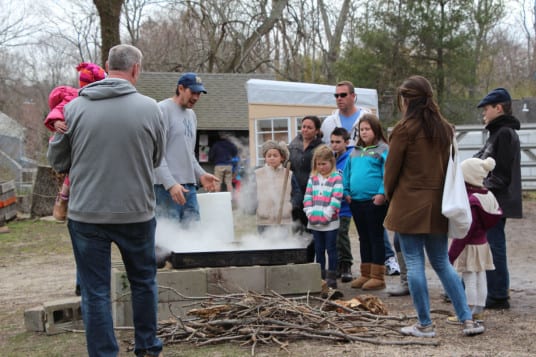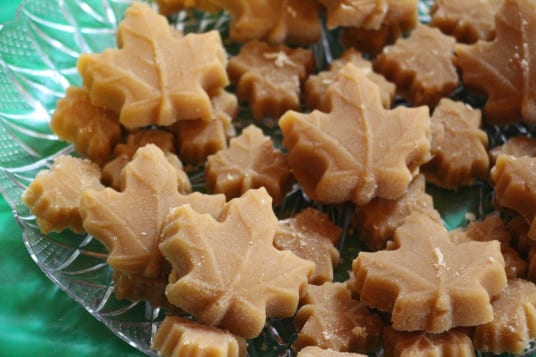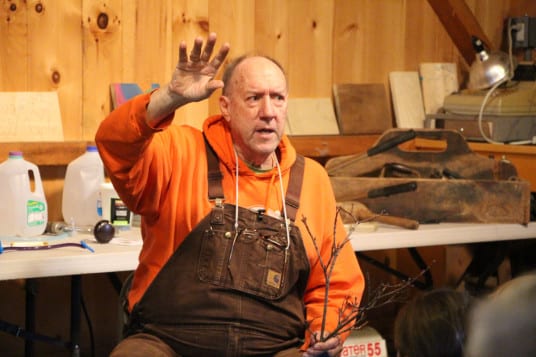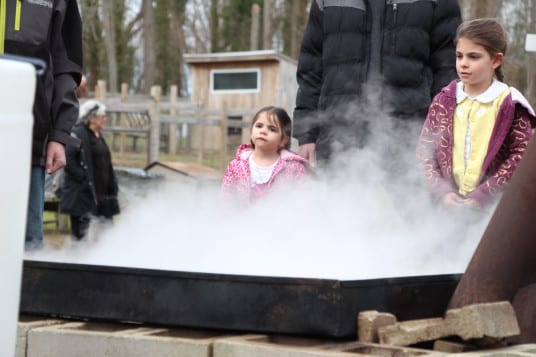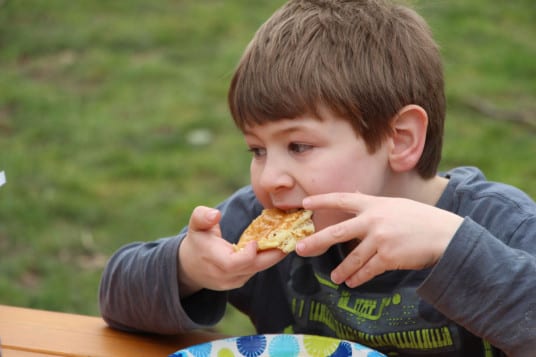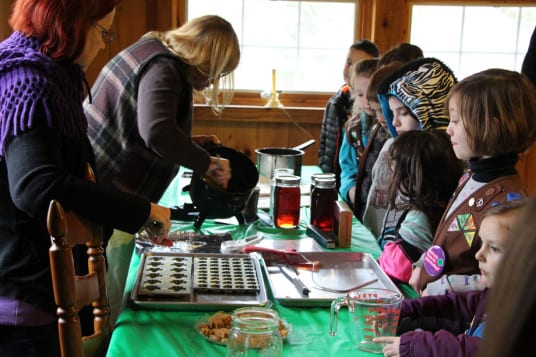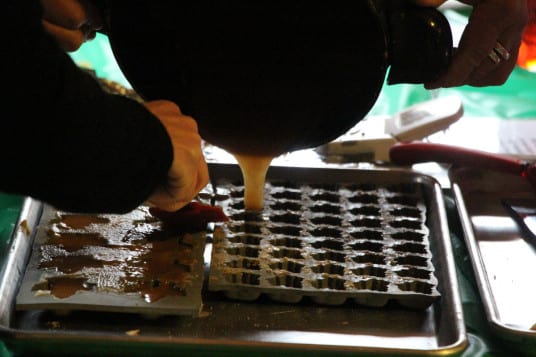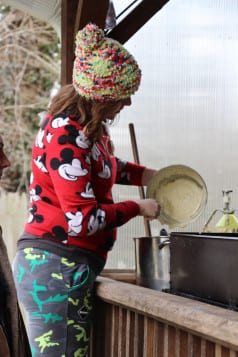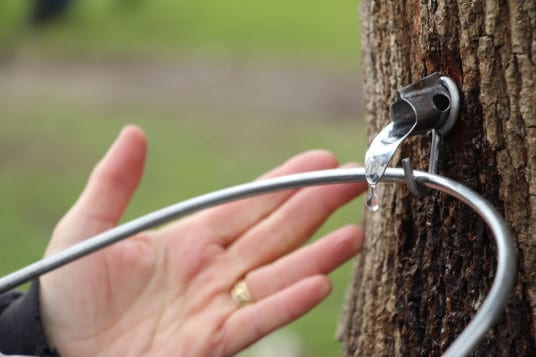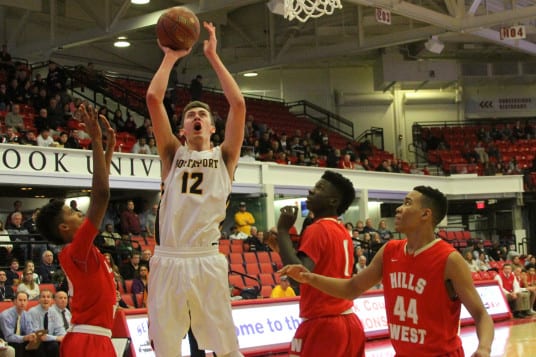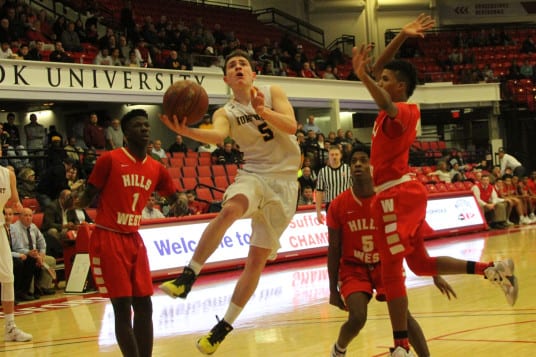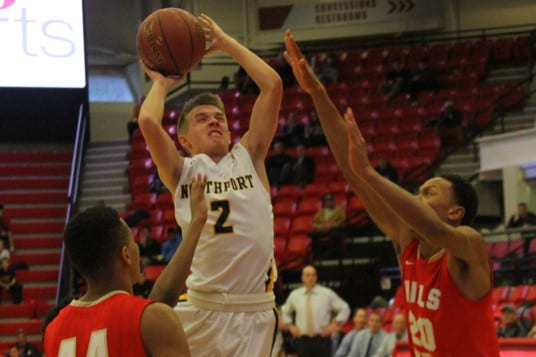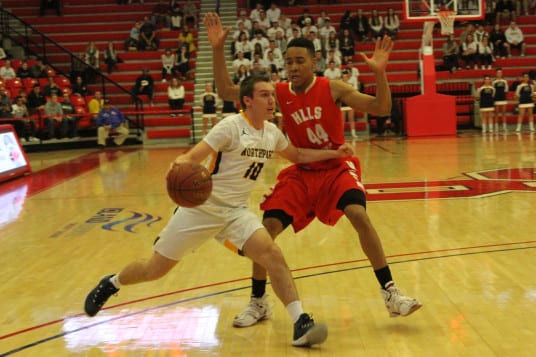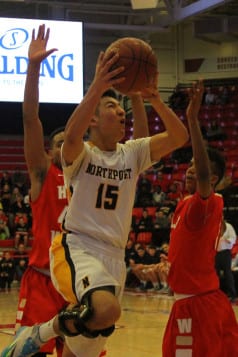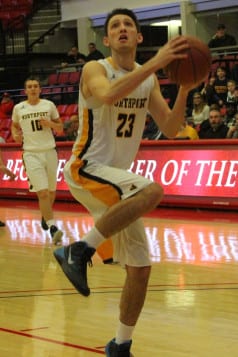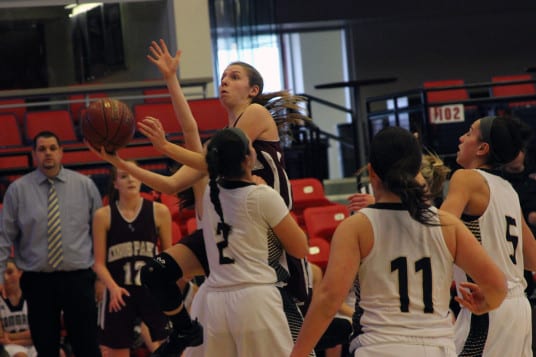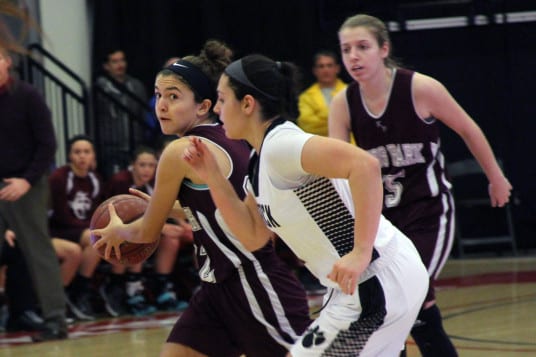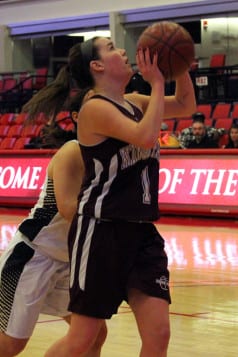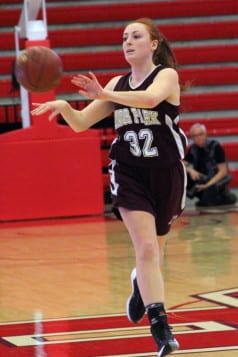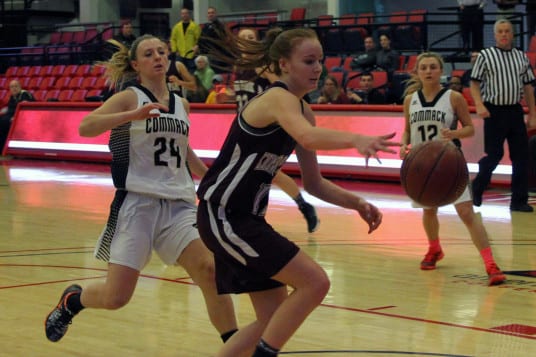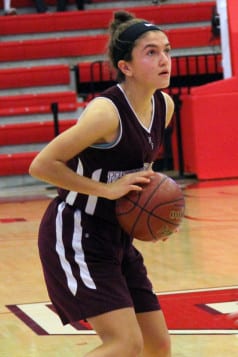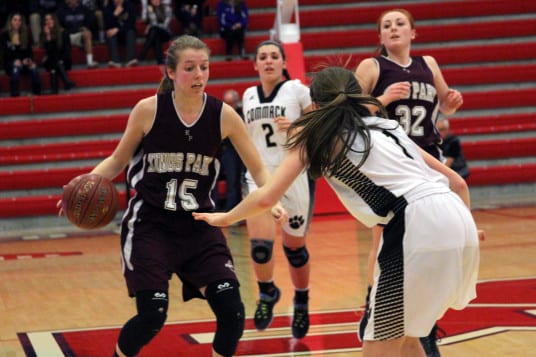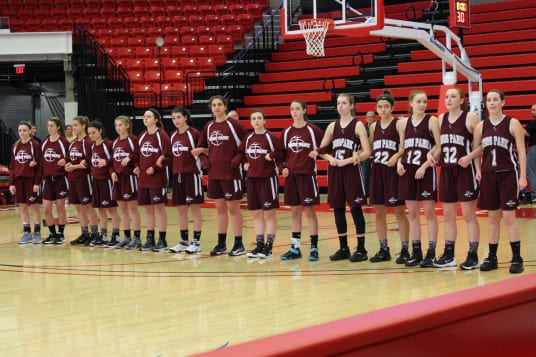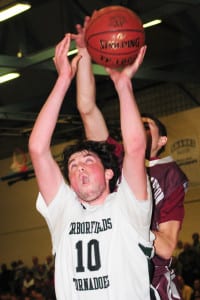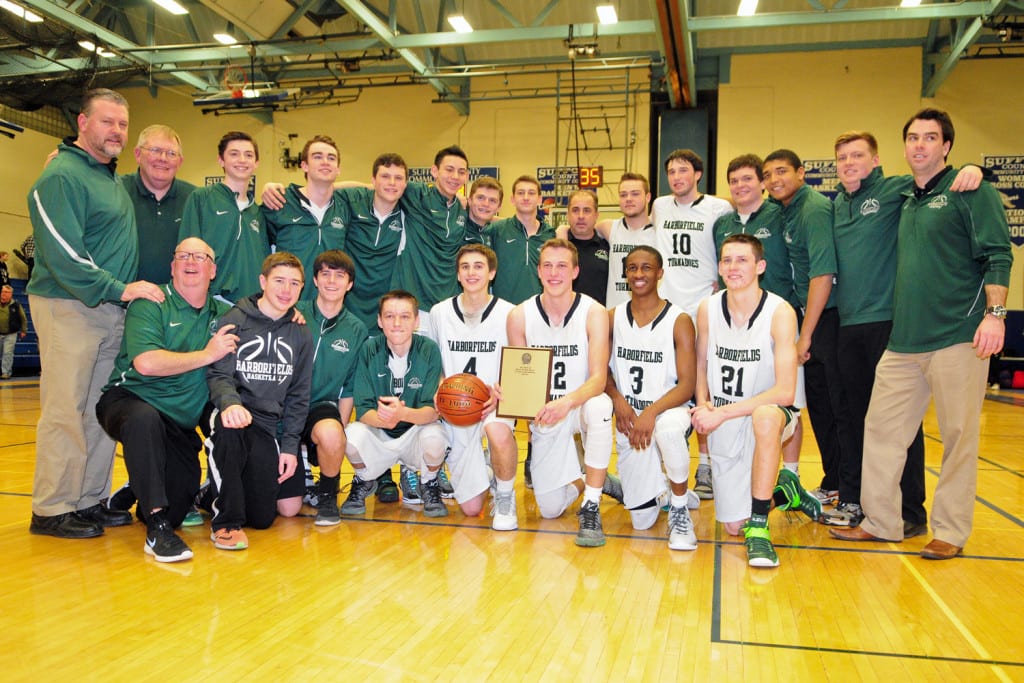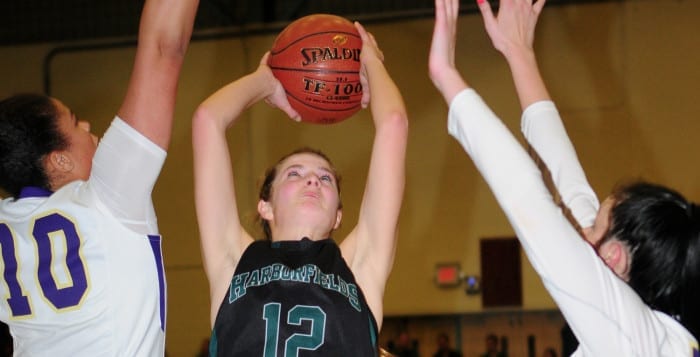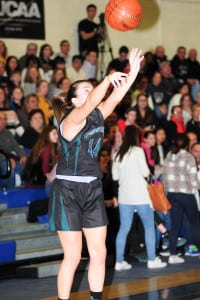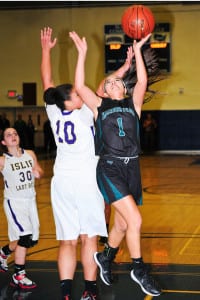Not surprisingly, osteoarthritis is widespread. The more common joints affected are the knees, hips and hands. There are three types of treatment for this disease: surgery, involving joint replacements of the hips or knees; medications; and nonpharmacologic approaches. The most commonly used first-line medications are acetaminophen and nonsteroidal anti-inflammatory drugs, such as ibuprofen. Unfortunately, medications mostly treat the symptoms of pain and inflammation.
However, the primary objectives in treating osteoarthritis should also include improving quality of life, slowing progression of the disease process and reducing its disabling effects (1).
Dairy and milk
When we think of dairy, specifically milk, there are two distinct camps: One believes in the benefits, and the other thinks it may contribute to disease. In this case they both may be at least partly correct. In the Osteoarthritis Initiative study, an observational study of over 2,100 patients, results showed that low-fat (1 percent) and nonfat milk may slow the progression of osteoarthritis (2). The researchers looked specifically at joint space narrowing that occurs in those with affected knee joints. Radiographic imaging changes were used at baseline and then to follow the patients for up to 12 to 48 months for changes. Compared to those who did not drink milk, patients who did saw significantly less narrowing of knee joint space.
Was it a dose-dependent response? Not necessarily. Specifically, those who drank less than three glasses/week and those who drank four to six glasses/week both saw slower progression of joint space narrowing of 0.09 mm. Seven to 10 glasses/week resulted in a 0.12 mm preservation. However, those who drank more than 10 glasses/week saw less beneficial effect, 0.06 mm preservation compared to those who did not drink milk. Interestingly, there was no benefit seen in men or with the consumption of cheese or yogurt.
However, there are significant flaws with this study. First, the patients were only asked about their dietary intake of milk at baseline; therefore their consumption could have changed during the study. Second, there was a recall bias; patients were asked to recall their weekly milk consumption for the previous 12 months before the study began. I don’t know about you, but I can’t recall my intake of specific foods for the last week, let alone for the past year. Third, there could have been confounding factors, such as orange consumption.
Oddly, this was not a dose-response curve, since the most milk consumption had less beneficial effect than lower amounts. Also, why were these effects only seen in women? Finally, researchers could not explain why low-fat or nonfat milk had this potential benefit, but cheese was detrimental and yogurt did not show benefit. We are left with more questions than answers.
Would I recommend consuming low-fat or nonfat milk? Not necessarily, but I may not dissuade osteoarthritis patients from drinking it. There are very few approaches that slow the progression of joint space narrowing.
Vitamin D
Over the last five years or so, the medical community has gone from believing that vitamin D was potentially the solution to many diseases to wondering whether, in some cases, low levels were indicative of disease, but repletion was not a change-maker. Well, in a recent randomized controlled trial, the gold standard of studies, vitamin D had no beneficial symptom relief, nor any disease-modifying effects (3). This two-year study of almost 150 men and women raised blood levels of vitamin D on average to 36 ng/ml, which is considered respectable. Researchers used MRI and X-rays to track their results.
Glucosamine
There is raging debate about whether glucosamine is an effective treatment for osteoarthritis. In the latest installment, there was a RCT, the results of which showed that glucosamine hydrochloride was not effective in treating osteoarthritis (4). In the trial, 201 patients with either mild or moderate knee pain drank diet lemonade with or without 1500 mg of glucosamine hydrochloride.
There was no difference in cartilage changes in the knee nor in pain relief in those in the placebo or treatment groups over a six-month duration. Bone marrow lesions also did not improve with the glucosamine group. The researchers used 3T MRI scans (an advanced radiologic imaging technique) to follow the patients’ disease progression. This does not mean that glucosamine does not work for some patients. Different formulations, such as glucosamine sulfate, were not used in this study.
Weight
This could not be an article on osteoarthritis if I did not talk about weight. Do you remember analogies from the SATs? Well here is one for you: Weight loss, weight loss, weight loss is to osteoarthritis as location, location, location is to real estate. In a recent study involving 112 obese patients, there was not only a reduction of knee symptoms in those who lost weight, but there was also disease modification, with reduction in the loss of cartilage volume around the medial tibia (5).
On the other hand, those who gained weight saw the inverse effect. A reduction of tibial cartilage is potentially associated with the need for knee replacement. The relationship was almost one-to-one; for every 1 percent of weight lost, there was a 1.2 mm3 preservation of medial tibial cartilage volume, while the exact opposite was true with weight gain.
Exercise and diet
In a recent study, diet and exercise trumped the effects of diet or exercise alone (6). Patients with osteoarthritis of the knee who lost at least 10 percent of their body weight experienced significant improvements in function and a 50 percent reduction in pain, as well as reduction in inflammation, compared to those who lost 5 to 10 percent and those who lost less than 5 percent. This study was a well-designed, randomized controlled single-blinded study with a duration of 18 months.
Researchers used a biomarker — IL6 — to measure inflammation. The diet and exercise group and the diet-only group lost significantly more weight than the exercise-only group, 23.3 pounds and 19.6 pounds versus 4 pounds. The diet portion consisted of a meal replacement shake for breakfast and lunch and then a vegetable-rich, low-fat dinner. Low-calorie meals replaced the shakes after six months. The exercise regimen included one hour of a combination of weight training and walking with alacrity three times per week.
Therefore, concentrate on lifestyle modifications if you want to see potentially disease-modifying effects. These include both exercise and diet. In terms of low-fat or nonfat milk, while the study had numerous flaws, if you drink milk, you might continue for the sake of osteoarthritis, but stay on the low end of consumption. And remember, the best potential effects shown are with weight loss and with a vegetable-rich diet.
References:
(1) uptodate.com. (2) Arthritis Care Res online. 2014 April 6. (3) JAMA. 2013;309:155-162. (4) Arthritis Rheum online. 2014 March 10. (5) Ann Rheum Dis online. 2014 Feb. 11. (6) JAMA. 2013;310:1263-1273.
Dr. Dunaief is a speaker, author and local lifestyle medicine physician focusing on the integration of medicine, nutrition, fitness and stress management. For further information, go to the website www.medicalcompassmd.com or consult your personal physician.




